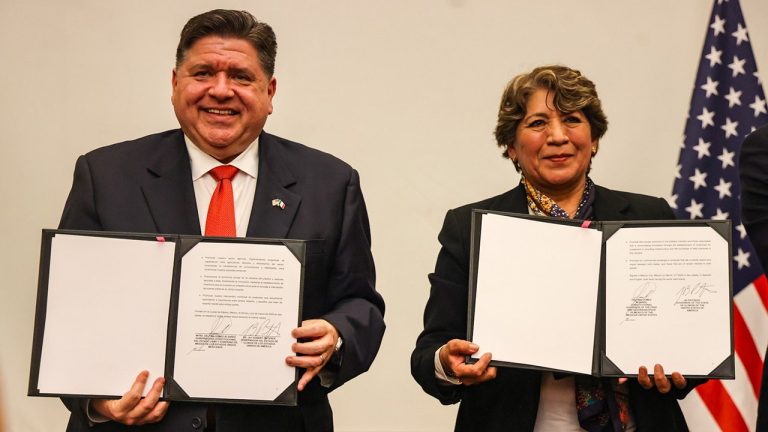Experts have issued a ‘rude awakening’ warning over savings as ISA allowance resets take place at the end of the financial year. A new survey found many savers could be in for a shock as only 49% of those asked knew when the ISA allowance resets meaning many are potentially missing the chance to utlise their remaing allowance.
Similarly, it discovered that savers could be in for a rude awakening in terms of tax on their non-ISA savings. Only 18% of savers knew they could be taxed on interest outside of an ISA. Yet Shawbrook’s analysis of CACI data found that 6.1 million savings accounts were earning taxable interest as of October 2024—up significantly from 147,000 in 2021.
The Cost of Not Knowing: ISAs vs Non-ISA Accounts
- Only 25% of savers understand the difference between ISAs and non-ISAs.
- Just 49% could identify the date when the ISA allowance resets.
- 11% of savers mistakenly believe the ISA allowance resets monthly.
A lack of understanding about ISAs and non-ISAs could be costing savers hundreds of pounds in tax-free interest, according to new research from Shawbrook. Only one in four (25%) savers fully grasp the difference between these accounts, meaning many could face unexpected tax bills.
ISAs allow individuals to save up to £20,000 tax-free each tax year, resetting on April 6th. For couples, that means a combined £40,000 tax-free per year—yet only one in five (20%) were aware of this. Despite the importance of ISAs, only 49% of respondents knew when the allowance resets, 31% had no idea, and 10% incorrectly thought it resets monthly. Understanding these key details is crucial to maximising tax-free savings.
Outside of an ISA, the Personal Savings Allowance (PSA) provides tax-free interest of £1,000 for basic-rate taxpayers, £500 for higher-rate taxpayers, and nothing for additional-rate taxpayers. However, awareness is low—just 18% of savers knew they could be taxed on interest outside of an ISA, and fewer than one in five (18%) knew about the £1,000 PSA limit for basic-rate taxpayers. Only 11% knew that higher-rate taxpayers can earn just £500 in tax-free interest.
Shawbrook’s analysis of CACI data found that 6.1 million savings accounts were earning taxable interest as of October 2024—up significantly from 147,000 in 2021. This suggests many savers could be unknowingly walking into a tax bill.
Paul Went, Managing Director of Savings at Shawbrook, said: “The number of savers at risk of paying tax on their interest has risen sharply since 2021. Yet, confusion remains around one of the most effective tax-free savings tools available – ISAs.”
“Savers with non-ISA accounts should consider their tax band and any potential liabilities that could reduce their returns. But tax isn’t the only factor–low interest rates limit the growth of savings. Many high street banks offer lower rates than specialist savings providers. For example, a saver putting the full £20,000 ISA allowance into an account paying 1.45%—the average rate from the ‘Big 5’ banks—could earn an additional £452 per year by switching to a specialist savings bank. Looking beyond the high street could be a saver’s best-kept secret.”






